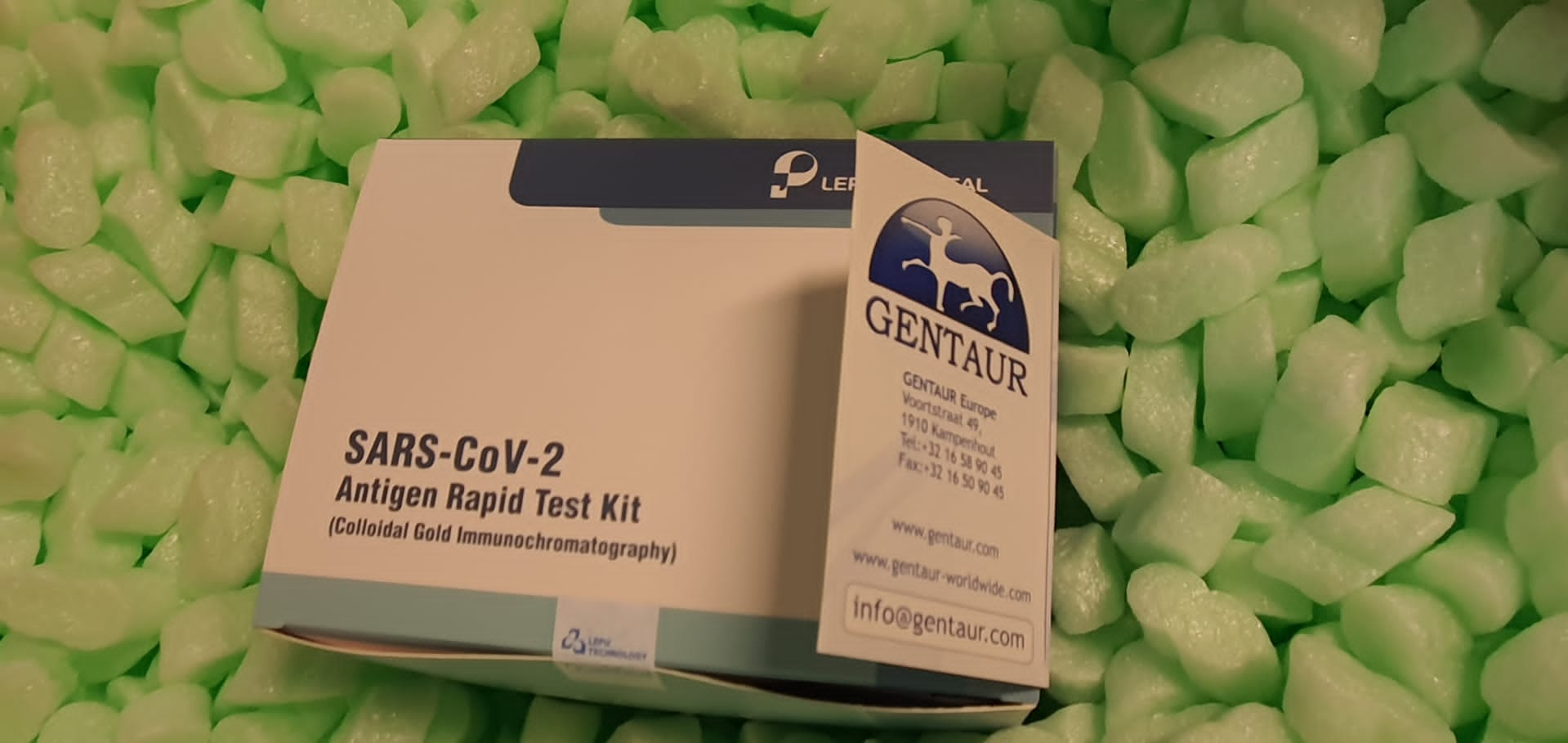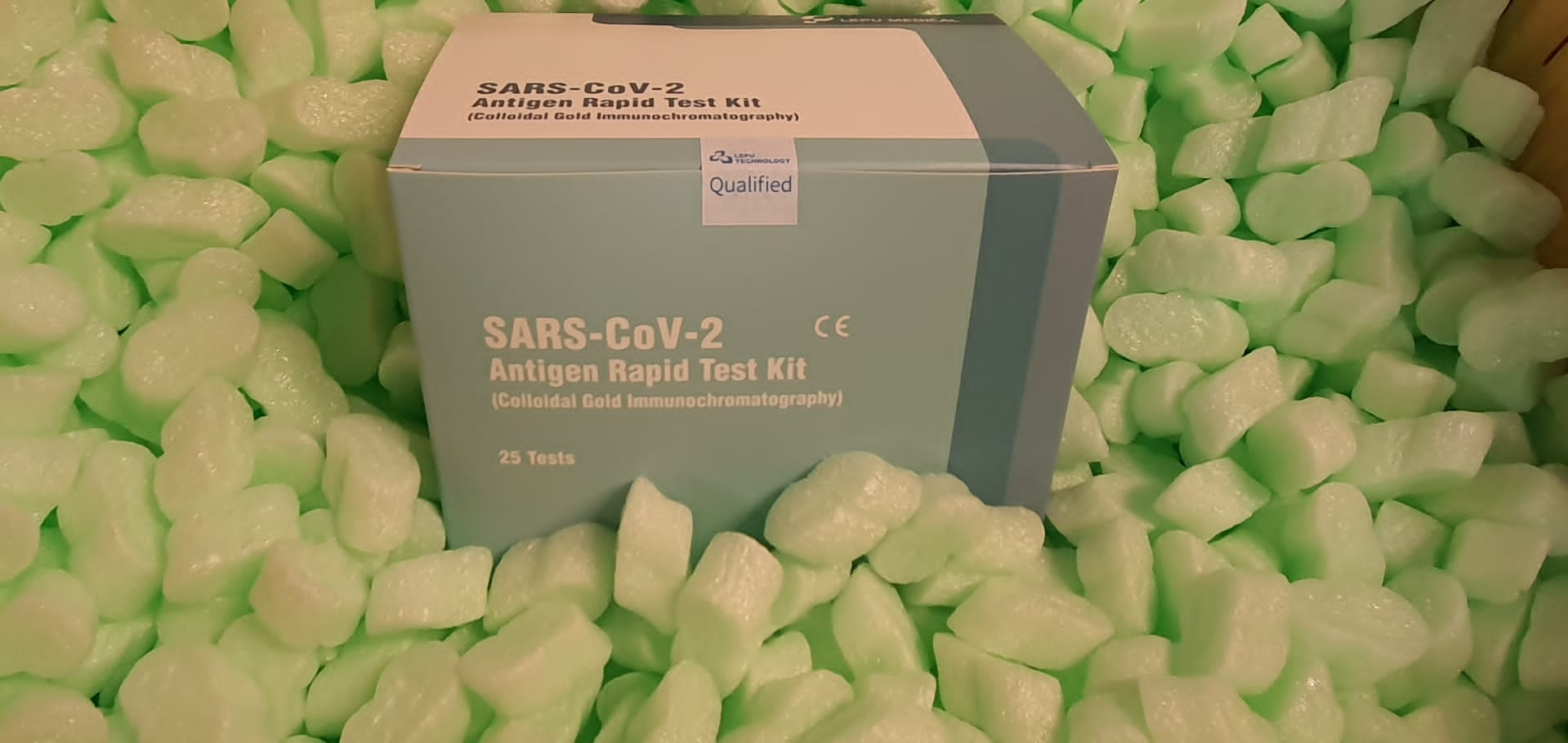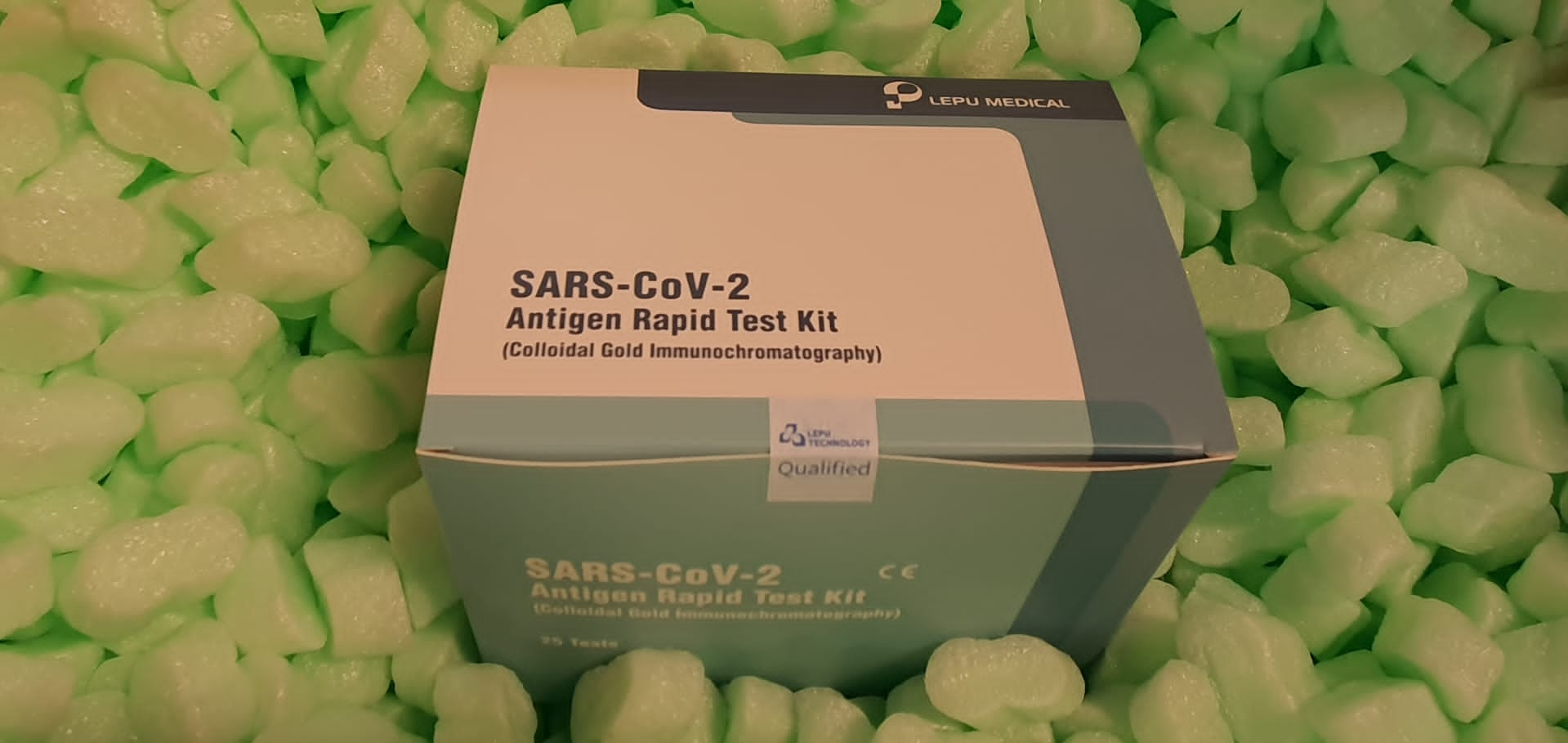Antibody attributes that predict the neutralization and effector function of polyclonal responses to SARS-CoV-2
Antibody attributes that predict the neutralization and effector function of polyclonal responses to SARS-CoV-2
While antibodies can provide significant protection from SARS-CoV-2 infection and disease sequelae, the specific attributes of the humoral response that contribute to immunity are incompletely defined.
We employ machine learning to relate characteristics of the polyclonal antibody response raised by natural infection to diverse antibody effector functions and neutralization potency with the goal of generating both accurate predictions of each activity based on antibody response profiles as well as insights into antibody mechanisms of action.
To this end, antibody-mediated phagocytosis, cytotoxicity, complement deposition, and neutralization were accurately predicted from biophysical antibody profiles in both discovery and validation cohorts.
These models identified SARS-CoV-2-specific IgM as a key predictor of neutralization activity whose mechanistic relevance was supported experimentally by depletion.
Validated models of how different aspects of the humoral response relate to antiviral antibody activities suggest desirable attributes to recapitulate by vaccination or other antibody-based interventions.
Immunodetection of Furcraea Necrotic Streak Virus-FNSV in fique plants (Furcraea macrophylla Baker) using a polyclonal antibody IgY produced in chicken egg yolk
The necrotic streak of the fique (Furcraea spp.) or “Macana” disease is considered the most limiting disease for this crop in Colombia, whose causal agent is the Furcraea Necrotic Streak Virus – FNSV (RNA+).
Currently, there are no strategies to control the disease, being necessary to develop methods for detection of this pathogen in the planting material before being taken to the field.
In this study, polyclonal antibodies produced in egg yolk (IgY) were produced and assesses for detection FNSV.
Two immunoenzymatic methodologies were standardized: dot blot immunobinding assay (DBIA) and enzyme-linked immunosorbent assay (ELISA), determining their specificity and sensitivity. The detection limit by DBIA corresponded to 8 μg/mL of purified virus suspension using 10 μg/mL of primary antibody.
In the ELISA test, the primary antibody concentration of 3 μg/mL (1:800 dilution) detected the antigen at concentrations between 10 and 70 μg/mL.
The polyclonal antibody anti-FNSV IgY allowed the detection of FNSV in samples of purified virus and extracts of roots and leaves of fique plants with symptoms of “Macana” disease and did not produce any signal with the control samples. Results showed the potential of using egg yolk IgY in immunological tests for the detection of FNSV in fique plants.
Prokaryotic expression and polyclonal antibody preparation of human adenovirus type 7 DNA binding protein.
To express DNA-binding protein (DBP) of human adenovirus (HAdV) type 7 using the prokaryotic expression system, and product anti-HAdV-7 DBP rabbit polyclonal antibody.
The HAdV-7 DBP gene was synthesized and cloned into prokaryotic expressing vector pET30a, and the recombinant plasmid was transformed into E. coli BL21 (DE3) competent cell.
The recombinant protein DBP was expressed by induced Isopropyl-beta-D-thiogalactopyranoside (IPTG) and purified with Ni-NTA affinity column.
The titer of anti-DBP polyclonal antibody produced in immunized rabbit was measured by indirect ELISA, and the specificity of the antibody was identified by Western blotting and indirect immunofluorescence assay (IFA). In addition, purified rDBP was used as coating antigen for indirect ELISA assay to detect specific IgM and IgG antibodies against DBP in the serum of children infected with HAdV.
The HAdV-7 DBP plasmid was constructed successfully. The purified recombinant DBP was more than 95% after purification.
The titer of polyclonal antibody was 1∶1024000. The polyclonal antibody showed high specificity in vitro using Western blotting and IFA.
The positive rate of specific anti-DBP IgM and IgG antibody in acute-phase serum samples collected from children infected with HAdV were 50.0% (19/38) and 63.2% (24/38), respectively, using indirect ELISA.
In summary, the HAdV-7 rDBP is expressed using prokaryotic expression system, and the recombinant HAdV-7 DBP protein and the anti-DBP rabbit polyclonal antibody with high titer are prepared.
Prokaryotic expression and identification of PPE15 protein from Mycobacterium tuberculosis and preparation of rabbit polyclonal antibodies
To clone, express and purify PPE15 recombinant protein from Mycobacterium tuberculosis (H37Rv), as well as prepare and characterize its rabbit polyclonal antibody.
By The PPE15 gene was amplified from the genome of Mycobacterium tuberculosis H37Rv by PCR, and the His-tagged prokaryotic PPE15 prokaryotic expression plasmid pET28a-PPE15 was constructed by homologous recombination cloning technique, and transformed into E. coli BL21 (DE3). PPE15 expression was induced by isopropyl-β-D-thiogalactopyranoside (IPTG). Recombinant PPE15 was identified by SDS-PAGE, and further purified by affinity chromatography with a Ni-NTA column.
The renaturation purified PPE15 protein was used to immunize New-Zealand rabbit to prepare polyclonal antibodies. The antibody specificity was analyzed by Western blot analysis, and antibody titer was determined by indirect ELISA.
Recombinant prokaryotic PPE15 protein was successfully expressed and purified with a molecular weight of 38 kDa. The purified PPE15 protein exhibited positive reaction with the serum of TB patients and the PPE15 protein, the titer of the polyclonal antibodies reaches more than 1:1 300 480.
The recombinant protein PPE15 was successfully expressed and purified, and high titer rabbit-derived polyclonal antibody was prepared which provided an experimental basis for further functional studies of PPE15 protein.
The preparation of polyclonal antibody against chlordimeform and establishment of detection by indirect competitive ELISA
Chlordimeform is a chemical pesticide that is highly carcinogenic and toxic. The purpose of this study was to establish an enzyme-linked immunosorbent assay (ELISA) method for the detection of chlordimeform in aquaculture and fish farming.
Chlordimeform was coupled with bovine serum albumin (BSA) and ovalbumin (OVA) as carrier proteins. A chlordimeform-BSA conjugate was used as an immunogen, and chlordimeform-OVA was used as a coating antigen. Chlordimeform-BSA was used to immunize rabbits, and a polyclonal antibody was prepared.
An indirect competitive enzyme-linked immunosorbent assay (IC-ELISA) was established to detect chlordimeform.
The working range of the established IC-ELISA method for chlordimeform detection was 1-20 ng/mL.
The IC50 was 3.126 ng/mL, and the lower limit of detection (LOD) of chlordimeform was 0.637 ng/mL. The recovery of chlordimeform from spiked water samples ranged from 81% to 107%.An anti-chlordimeform polyclonal antibody was successfully developed, and a novel IC-ELISA was established to detect chlordimeform in aquaculture.
Detection of Aspergillus flavus in Wheat Grains Using Anti-mannoprotein (MP1) and Spore Protein Polyclonal Antibodies
The cell wall mannoprotein (MP1) gene of an aflatoxigenic strain of Aspergillus flavus, isolated from stored wheat grains, was cloned and sequenced.
MP1 protein was expressed in E. coli in soluble form and purified. Polyclonal antibodies were raised against recombinant MP1 protein and inactivated spores of this fungus in rabbit and purified by ammonium sulphate precipitation, Protein A sepharose and antigen affinity chromatography. The minimum concentration of purified mycelial or spore proteins that could be detected by ELISA was determined as 100 ng using 2 µg of these antibodies. The anti-MP1 antibody was found more sensitive than anti-spore protein antibody.
ZO Rabbit Polyclonal Antibodies | |||
| 29274 | SAB | 100ul | 439 EUR |
ABCC2 Rabbit Polyclonal Antibodies | |||
| 29220 | SAB | 100ul | 439 EUR |
TRPV1 Rabbit Polyclonal Antibodies | |||
| 29223 | SAB | 100ul | 439 EUR |
TRPA1 Rabbit Polyclonal Antibodies | |||
| 29224 | SAB | 100ul | 439 EUR |
ABCC2 Rabbit Polyclonal Antibodies | |||
| MBS9457710-005mL | MyBiosource | 0.05mL | 300 EUR |
ABCC2 Rabbit Polyclonal Antibodies | |||
| MBS9457710-01mL | MyBiosource | 0.1mL | 390 EUR |
Western blot and immunofluorescence analysis showed reactivity of these antibodies to various proteins (30 to 200 kDa) distributed throughout the surface of mycelia and spore of A. flavus. Cross-reactivity of these antibodies was detected with fungi belonging to different Aspergillus, Rhizopus and Alternaria species out of fourteen different fungal species tested.
In fungal contaminated wheat grains, these antibodies could detect presence of as low as 1 µg mycelia or 103 spores per gram of wheat grains using ELISA. The results suggest that the developed antibodies could be successfully applied for the detection of predominant fungal infestation in stored wheat grains.
Tags:antibodies after covid 19 infection, antibodies after covid vaccine, antibodies are produced by, antibodies covid, antibodies definition, antibodies for covid 19, antibodies for covid treatment, antibodies function, antibodies in blood, antibodies in breast milk, antibodies in spanish, antibodies infusion, antibodies infusion for covid 19, antibodies meaning, antibodies online, antibodies test, antibodies test for cov19, antibodies test for covid, antibodies test near me, antibodies testing, antibodies treatment covid, antibodies vs antigens, antibodies vs vaccine, application of polyclonal antibodies, biology cells bbc bitesize, biology cells list, biology cells notes, biology cells past paper questions, biology cells past papers, biology cells questions, biology cells quiz, biology cells quizlet, biology cells revision, biology cells revision notes gcse, biology cells roots and suffix, biology cells test, biology cells worksheets, biology cells worksheets free printable, cells definition biology, gcse biology cells, guard cells definition biology, polyclonal antibodies applications, polyclonal antibodies coronavirus, polyclonal antibodies definition, polyclonal antibodies examples, polyclonal antibodies igg, polyclonal antibodies meaning, polyclonal antibodies ppt, polyclonal antibodies production, polyclonal antibodies regeneron, polyclonal antibodies slideshare, polyclonal antibodies trump, polyclonal antibodies vs monoclonal, polyclonal antibodies vs monoclonal antibody, production of polyclonal antibodies, stem cells definition biology, what are polyclonal antibodies, what are stem cells biology, what is cells in biology, white blood cells definition biology
Related Posts

The porcine translational research database: a manually curated, genomics and proteomics-based research resource.

Full-featured, real-time database searching platform enables fast and accurate multiplexed quantitative proteomics.

